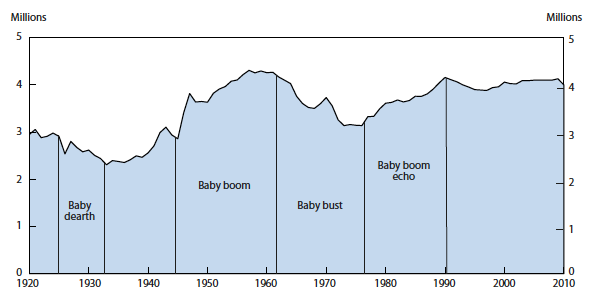Hal Varian 30 March 2020
It is widely thought that we will see a reduction in demand for (human) labour due to technological improvements in robotics and artificial intelligence in the next few decades. Figure 1 depicts a simple model of the labour market where demand and supply interact to determine an equilibrium wage and employment level. Automation would shift the demand curve to the left. On the other hand, it is virtually certain that demographic forces – such as the retiring of the baby boomers – will shift the supply curve to the left as well. Both demand and supply suggest that there will be a decrease in employment. The effect on the equilibrium wage is ambiguous: it depends on which curve shifts the most.
Figure 1 Demand and supply of labour

There is a long history of concern about automation replacing human workers (see, for example, Frey and Osborne 2013 for a historical overview). However, the US economy has been able to absorb large changes in the supply and demand for labour during the 20th century. Figure 2 depicts births in the US from 1920 to 2010. Note the ‘baby dearth’ during the recession and WWII followed by the dramatic increase in the birth rate of the ‘baby boomers’ during the period 1946-1964.
Figure 2 Live births by year

Source: Bureau of Labour Statistics
Millions of baby boomers entered the labour market during the period 1966-1986. At the same time, we saw a dramatic increase in women entering the labour market, as shown in Figure 3.Figure 3 Civilian labour force by sex ....MUCH MORE